
On the 45th anniversary of the Apollo 11 landing, Phil Plait wonders what the hell happened to the Dream of Space in America. “Venturing into space is not just something we can do. It’s something we must do.”
Haunting the Web Since 1999

On the 45th anniversary of the Apollo 11 landing, Phil Plait wonders what the hell happened to the Dream of Space in America. “Venturing into space is not just something we can do. It’s something we must do.”
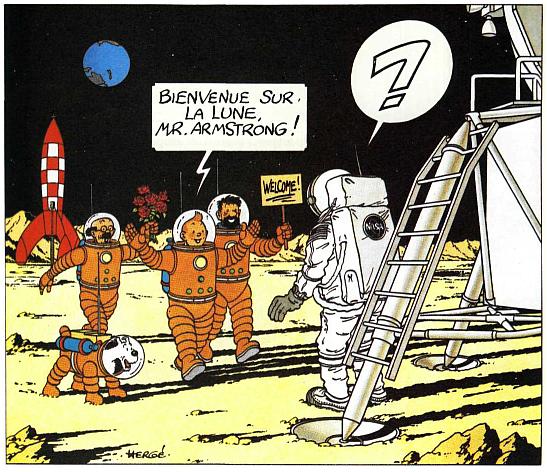
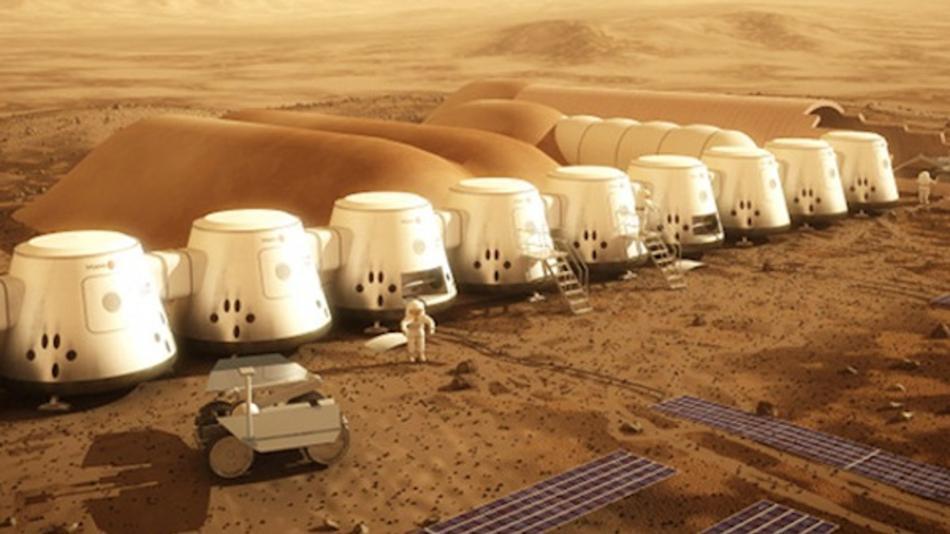
James Fallows speaks with Space Adventures co-founder Eric Anderson on the coming age of space colonization. “One key to making all this happen is that we need to use the resources of space to help us colonize space…The near-Earth asteroids, which are very, very close to the Earth, are filled with resources that would be useful for people wanting to go to Mars, or anywhere else in the solar system. They contain precious resources like water, rocket fuel, strategic metals.”
Along the same lines, and from last June, a Dutch company called Mars One has a very specific timetable in place for Mars colonization. “Lansdorp plans to send another couple of adventurous astronauts to join the colony every two years, but the idea is that no one gets a return journey. This is a permanent base, a Plymouth Rock in an entirely new world that will begin the long, slow and painstaking process of terraforming it.” The first four colonists, set to leave Earth in 2023, will be chosen this year.
Update: So far, it seems, the Mars One project has received 40,000 applications.

Commander Neil Armstrong, the pioneer who took the first step on extra-terrestrial soil and towards our ultimate destiny, 1930-2012. “The important achievement of Apollo was demonstrating that humanity is not forever chained to this planet…our opportunities are unlimited.“
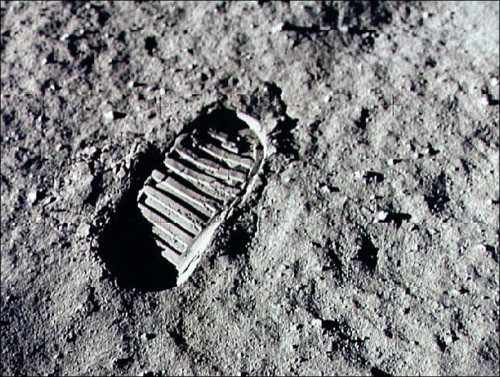
“‘These things are not consistent with the amount of water that we find,’ he said. ‘I think in its very basic form, the [impact theory] idea is probably still correct, but there’s something fundamental about the physics of the process that we don’t understand.’“
A new study of lunar magma returned from Apollo 17 finds even more evidence of water on the moon, calling into question our understanding of how the moon was even formed. “The analysis, reported in Science, has looked at pockets of volcanic material locked within tiny glass beads. It found 100 times more water in the beads than has been measured before, and suggests that the Moon once held a Caribbean Sea-sized volume of water.”
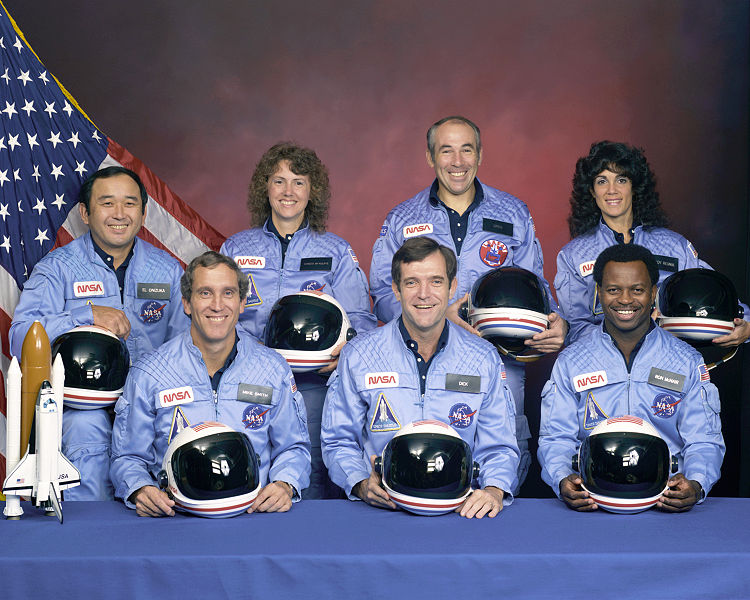
“We’ve grown used to wonders in this century. It’s hard to dazzle us. But for twenty-five years the United States space program has been doing just that. We’ve grown used to the idea of space, and perhaps we forget that we’ve only just begun. We’re still pioneers. They, the members of the Challenger crew, were pioneers.“
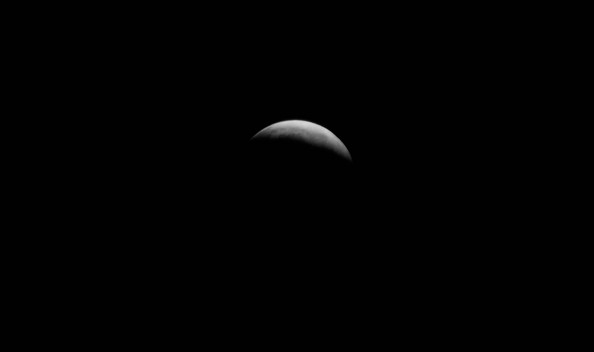
In a fascinating remnant of alternate history, Letters of Note unearths Nixon’s Safire-penned speech on the (possible) failure of Apollo 11. “Others will follow, and surely find their way home. Man’s search will not be denied. But these men were the first, and they will remain the foremost in our hearts.”
“‘It’s really wet,’ said Anthony Colaprete, co-author of one of the Science papers and a space scientist at NASA Ames Research Center at Moffett Field, Calif. He and his colleagues estimate that 5.6% of the total mass of the targeted lunar crater’s soil consists of water ice. In other words, 2,200 pounds of moon dirt would yield a dozen gallons of water.“
In keeping with recent studies, NASA is set to announce that there appears to be quite a lot of water on the moon, which would greatly facilitate setting up shop there. Alas, “the U.S. likely won’t be involved in manned voyages to the moon anytime soon…But other countries are gearing up. China has pledged to land astronauts on the moon by 2025, and India has plans to do the same by 2020. Japan wants to establish an unmanned moon base in a decade.” And, hey, why go to the moon when you can spend a decade in Afghanistan?
“Within 40 small craters, one to nine miles wide, they estimated 600 million metric tons of water. Perhaps most notably, ‘It has to be relatively pure,’ said Paul Spudis, the principal investigator for the instrument that made the discovery.“
By way of a friend, scientists find more evidence of lots of water on the moon. “That is significant, because the ice in these craters could be easily tapped by future lunar explorers — not just for drinking water, but also broken apart into oxygen for breathing and hydrogen for fuel.” Hmm. Maybe it’s time to start thinking of ways to get up there…

Sigh.
Ok, first off, the administration official who uttered the last sentence should be filed away next to Mr. Left of the Left and Ms. Pajamas as people who should no longer speak for the White House in any capacity whatsoever. Full stop, end of story. Putting my speechwriter cap on for a second: In most any political situation, ridiculing the dreams of an entire generation does not make for particularly good messaging.
Anyway, anonymous WH official aside, NASA administrator Charles Bolden sounded a better note about all this: “We’re not abandoning anything. We’re probably on a new course but human space flight is in our DNA. We are not abandoning human space flight by any stretch of the imagination. We have companies telling us they’re excited to get humans off this planet and into orbit. I think we’re going to get there and perhaps quicker than we would have done before.“
And, to be clear, the administration’s NASA budget increases the agency’s funding by $6 billion over the next five years. The new budget ups research and development spending into cheaper heavy launch mechanisms, emphasizes more robotic exploration missions and observational experiments into climate change, extends the life of the ISS (although, with only five more shuttle missions remaining, other nations will have to help service it), and works to promote the various commercial space enterprises moving along right now.
All of this is well and good, but it would be nice to see some recognition of the civic importance of manned space flight by this administration. In their words, NASA is scrapping Constellation on account of it being “over budget, behind schedule, and lacking in innovation due to a failure to invest in critical new technologies.” And, given that we still had a lot of the expenditures before us, I suppose now was as good a time as any to kill the program if it’s not the right direction to go in.
That being said, how many more times are we going to do this? We keep stopping and starting and stopping and starting our post-Shuttle plans for space, so that now, after five final shuttle missions this coming year, we will longer have the capability anymore as a nation to send men and women into orbit. “If implemented, the NASA a few years from now would be fundamentally different from NASA today. The space agency would no longer operate its own spacecraft, but essentially buy tickets for its astronauts.” Forty-one years after we first reached the moon, that’s just plain sad.
Ultimately, the central finding of the Augustine commission’s final report, released this past October after extensive study of NASA’s current situation, is a sound one: “The U.S. human spaceflight program appears to be on an unsustainable trajectory. It is perpetuating the perilous practice of pursuing goals that do not match allocated resources.” In other words, we’ve been trying to talk the talk without walking the walk. If we’re going to get serious about manned space flight, we need to stop piecemealing NASA and start making manned exploration a funding priority.
In total, the agency is slated to get $100 billion over the next five years. To put that number in perspective, that’s less than a fifth of our defense budget for 2011 alone, and that’s going by the most conservative numbers around — NASA’s five-year budget could be closer to a tenth of next year’s defense spending. (For its part, the Augustine commission set a price tag of $3 billion a year to get serious about manned exploration.)
If we had put anywhere near that kind of money into exploration and R&D over the years, would we now be in this position, where we face the Hobson’s choice of replicating expensive 50-year-old launch tech or being completely grounded as a nation? The lack of thinking about our long-term priorities sometimes is staggering to me. I’ve said this before, but I still believe it holds true: Short of possibly genomic research and advances in AI, nothing we do right now will matter more centuries or millennia hence than establishing a presence off-world…if we even have that long. Not to get all Jor-El up in here, but we really have to start getting serious about this.